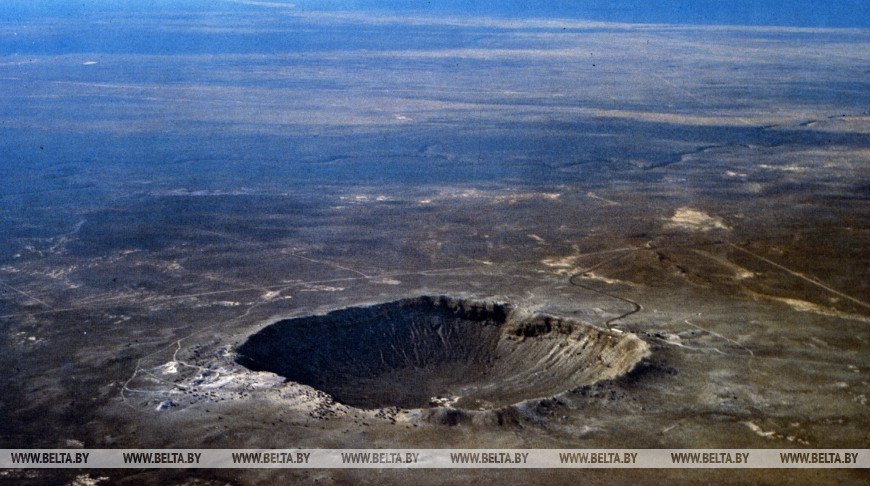China has officially verified the Jinlin impact crater in Guangdong Province as the largest known crater on Earth formed within the past 10,000 years. The confirmation, made by the China Academy of Engineering Physics (CAEP), represents a major breakthrough in planetary science and geology, offering new insights into the recent history of meteor impacts on Earth.
Discovery of the Jinlin Impact Crater
Located in Deqing County, Guangdong, the Jinlin impact crater spans approximately 900 meters in diameter and reaches a depth of about 90 meters. The CAEP’s research team confirmed that the structure was created by the impact of a meteorite during the early-to-middle Holocene epoch — a geological period that began roughly 11,700 years ago and continues to the present day.
Initial surveys had hinted at the site’s possible extraterrestrial origin, but extensive field studies and laboratory analyses were required to establish its classification as an impact crater. Scientists found distinctive signs of shock metamorphism — a geological phenomenon that occurs when rocks and minerals are subjected to the intense heat and pressure of a meteorite collision.
Scientific Verification and Research Findings
The confirmation of the Jinlin crater was detailed in the peer-reviewed journal Matter and Radiation at Extremes. Researchers presented comprehensive evidence including microscopic deformation in quartz grains, brecciated rock formations, and chemical compositions consistent with other known impact sites around the world.
The team from CAEP also used geophysical mapping and isotopic dating to estimate the crater’s age, placing its formation firmly within the Holocene epoch. This makes it the youngest and largest verified crater of its kind on the planet — a remarkable geological feature that adds a new chapter to Earth’s impact history.
Geological and Planetary Significance
The discovery of the Jinlin crater is expected to advance global understanding of near-Earth objects (NEOs) and their interactions with the planet. Scientists believe that studying the crater’s structure and mineral composition will provide valuable data about the frequency and effects of meteorite impacts in more recent geological timeframes.
Unlike ancient craters that have eroded or become obscured by sedimentary processes, the Jinlin site remains relatively well-preserved, allowing researchers to closely examine the layers of impacted rock and their formation sequence. This preservation offers a rare opportunity to analyze a Holocene-age impact in exceptional detail.
Global Recognition and Future Research
China’s confirmation of the Jinlin crater underscores the country’s growing contribution to global scientific discovery and space-related research. The CAEP’s findings have been praised internationally for their rigorous methodology and detailed evidence, reinforcing the credibility of China’s expanding role in planetary and geological sciences.
Future research is expected to focus on reconstructing the impact event’s environmental effects, including potential atmospheric disturbances and local ecological changes. Scientists also aim to compare the Jinlin crater with other Holocene impacts to refine models of meteorite behavior and Earth’s resilience to extraterrestrial collisions.
Topics #CAEP Research #China Geological Discovery #Holocene Meteor Impact #Jinlin Impact Crater #trending pakistan




